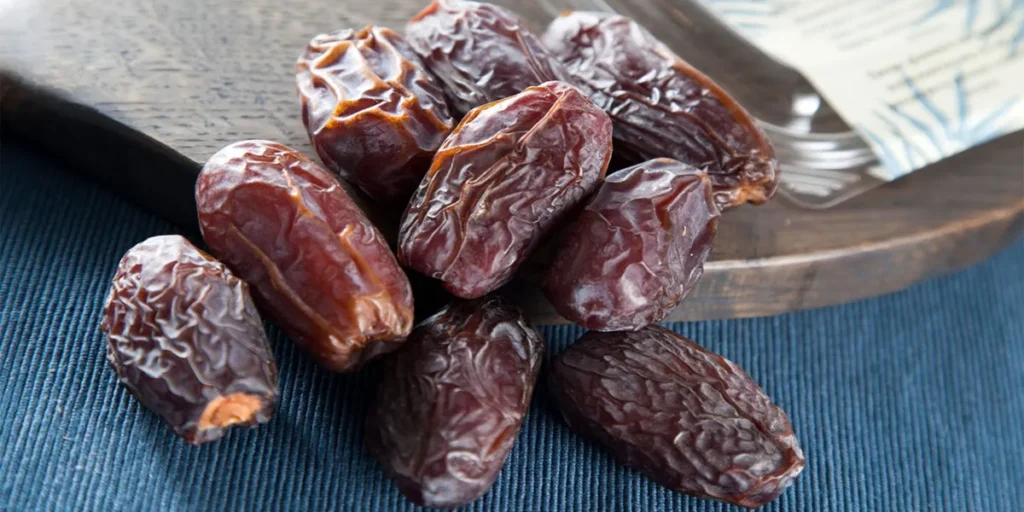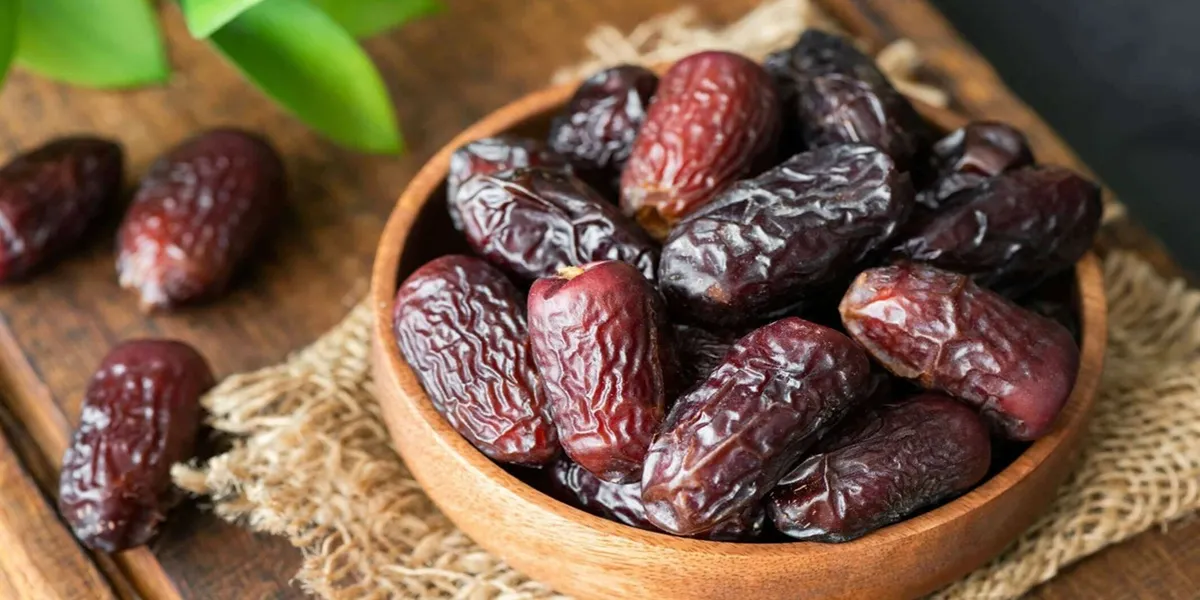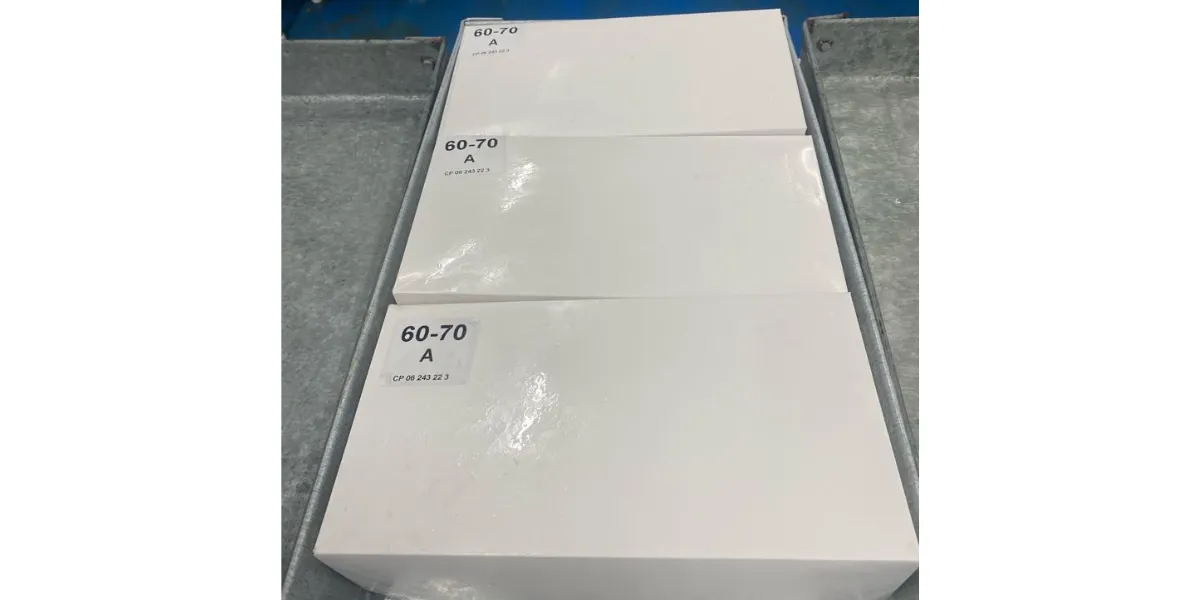Imagine a fruit that carries centuries of cultural significance, delivers powerful nutritional benefits, and adapts seamlessly to both bulk trade and retail shelves worldwide—that fruit is the date. As global demand for healthier, plant-based foods continues to rise, date fruits have become a cornerstone of international markets, not just as a sweetener but as a versatile superfood. Rich in natural sugars, dietary fiber, potassium, and antioxidants, dates offer functional properties that attract both wholesale buyers for food processing and retail consumers seeking ready-to-eat snacks.
The discussion around bulk vs retail date fruit exports goes far beyond logistics. It is about understanding how different markets value variety, quality, and health benefits. While bulk exports often emphasize efficiency and industrial use, retail packaging highlights freshness, traceability, and consumer-friendly formats. By exploring key trends such as sustainability, certifications, and nutritional positioning, exporters can better align with buyer expectations and strengthen their global presence.
If you want to understand how bulk and retail exports differ, what buyers actually demand in today’s competitive market, and how the functional properties of dates create unique opportunities, stay with us—this article reveals the five critical trends shaping the future of date fruit exports.
1. Bulk vs Retail Packaging – Why Buyers Are Shifting Preferences
The global date fruit industry is witnessing a clear shift in how buyers perceive bulk and retail packaging. Traditionally, bulk formats—such as large cartons, jute sacks, and industrial pallets—were the backbone of trade. These formats remain critical for importers who supply processors, bakeries, and confectionery producers. However, consumer-driven retail packaging has begun to dominate demand in key markets across Europe, North America, and East Asia.
Retailers now expect dates to be presented in ready-to-consume packs ranging from 200 grams to 1 kilogram. This shift is not only about convenience but also about safety, branding, and nutritional positioning. Dates, like other Dried Fruits, are increasingly marketed as natural energy boosters and functional snacks. To support this image, attractive retail packaging provides clear labeling, portion control, and traceability, making it easier for health-conscious consumers to make informed choices.
In contrast, bulk exports continue to play a role in regions where industrial use drives consumption. Buyers in South Asia, for example, often rely on bulk shipments to process dates into syrups, pastes, and bakery ingredients. What is changing, however, is that even bulk buyers now expect higher hygiene standards and better storage protection, pushing exporters to upgrade their packaging solutions.
This dual demand highlights the importance of diversification. Exporters who can serve both markets with flexible packaging solutions—meeting industrial efficiency on one hand and retail aesthetics on the other—stand to benefit most. The packaging format is no longer just a logistical choice; it is a strategic decision that shapes buyer trust, consumer appeal, and long-term market positioning.
2. Sustainability and Eco-Friendly Packaging – A Non-Negotiable Trend
In today’s export landscape, sustainability is no longer an optional add-on—it is a mandatory requirement. Buyers across Europe and North America, in particular, are demanding eco-friendly packaging solutions for dates and other food products. This expectation stems from growing consumer awareness about plastic waste, climate change, and the environmental footprint of global trade.
Retail packaging has become the focal point of this transformation. Exporters who once relied on plastic trays and multilayer films are now under pressure to introduce recyclable cartons, biodegradable pouches, or compostable films. The shift is fueled by regulatory changes as well: EU directives and U.S. state laws are increasingly restricting single-use plastics. This means that exporters who fail to adapt may lose access to high-value retail markets.
Bulk exports are not immune to these demands either. While industrial buyers focus on efficiency, many now request sustainable pallet wraps, recyclable liners, and lower-carbon transport options. These measures not only reduce waste but also align with corporate sustainability reporting, which has become standard practice among global food companies.
Eco-friendly packaging also serves as a powerful branding tool. Retail consumers respond positively to products that clearly communicate their environmental benefits. For date fruit exporters, highlighting packaging choices such as “100% recyclable,” “biodegradable,” or “reduced plastic” builds buyer trust and consumer loyalty.
Sustainability, therefore, intersects with both compliance and marketing. It reassures regulators, attracts environmentally conscious buyers, and strengthens brand image. Exporters who embrace eco-friendly packaging as a core strategy are positioning themselves not just as suppliers but as partners in building a sustainable food future. In this evolving market, eco-certification and sustainable practices are as important as the quality of the product itself.
3. Certifications and Food Safety Standards – Entry Ticket to Global Markets
When it comes to international trade, certifications and food safety standards serve as the passport for entry. Buyers in Europe, North America, and Asia require exporters to meet strict compliance frameworks to ensure product quality and consumer safety. For date fruit exporters, this means securing internationally recognized certifications such as GlobalG.A.P, ISO 22000, HACCP, and in some cases, Organic EU or USDA Organic certification.
For retail packaging, the requirements are even more demanding. Nutritional labeling, allergen information, barcodes, and traceability systems are mandatory. Consumers want transparency, and retailers insist that exporters provide full documentation before products reach their shelves. Certifications here do more than open doors—they build credibility and buyer confidence.
Bulk exports, while traditionally less strict on packaging details, are now also under closer scrutiny. Industrial buyers want assurance that the raw material they receive has been handled under safe, hygienic conditions and is free from contaminants. Countries in the Gulf region, South Asia, and Africa are strengthening their food safety regulations, requiring exporters to keep pace with evolving standards.
Certification is not only about compliance; it is also a competitive differentiator. Exporters with up-to-date and widely recognized food safety credentials often gain preferential access to global distributors. In addition, certifications like Fair Trade or Halal open doors to niche but high-demand markets.
Ultimately, certifications are a reflection of commitment to quality and responsibility. In a market where reputational risks can damage long-term trade partnerships, exporters who prioritize food safety and compliance create stronger, more resilient supply chains. The message is clear: certifications are no longer optional—they are the entry ticket to global markets.

4. Pricing Dynamics – Bulk for Cost Efficiency, Retail for Premium Margins
The economics of bulk versus retail exports in the date fruit industry reflect different buyer expectations and market dynamics. Bulk exports traditionally cater to large-scale buyers who prioritize efficiency. These buyers—often food processors, confectionery manufacturers, or wholesalers—purchase dates in industrial-sized cartons or sacks for further processing. Their focus lies in consistent quality, supply reliability, and logistical cost savings.
Retail exports, by contrast, operate in a completely different value environment. Supermarkets, specialty stores, and e-commerce platforms emphasize branding, packaging design, and nutritional storytelling. Here, dates are positioned alongside other premium dried fruits as healthy snacks, natural sweeteners, or functional energy boosters. This positioning gives retail exports a stronger appeal to end consumers, driving demand for smaller, well-labeled packs that highlight freshness, origin, and health benefits.
Global buyers now expect exporters to balance these two models effectively. Bulk buyers want competitive logistics, extended shelf life, and standardized grades of dates. Retail buyers demand attractive consumer-facing products with eco-friendly packaging, certifications, and a clear value proposition. Both segments require traceability, though retail places heavier emphasis on storytelling and consumer trust.
The dynamic between bulk and retail exports also highlights regional differences. Markets in South Asia and Africa often prefer bulk due to large-scale processing needs, while North America, Europe, and East Asia increasingly lean toward retail-ready packs. Exporters who can adapt to both ends of the spectrum create resilience in their trade strategies.
The key lies in offering flexibility. By maintaining the ability to supply bulk efficiently and retail attractively, exporters maximize their opportunities and meet diverse buyer demands. In today’s competitive landscape, understanding the economics of each segment is fundamental to long-term success.
5. Digital Transformation and Branding – Buyers Expect Traceability & Storytelling
Technology has transformed global trade, and date fruit exports are no exception. Buyers today expect not only high-quality products but also digital traceability and compelling branding. Blockchain technology, smart labels, and QR codes are increasingly integrated into packaging, allowing retailers and consumers to track the journey of dates from farm to shelf. This transparency builds trust and assures compliance with food safety standards.
For retail exports, digital integration is especially critical. QR codes that reveal information about origin, farming practices, or nutritional benefits resonate strongly with health-conscious consumers. Retailers value these tools because they simplify compliance, enhance consumer engagement, and strengthen brand authenticity.
Bulk exports are also benefiting from digital solutions. Importers and processors now expect digital shipping documentation, automated customs clearance, and traceable logistics to ensure efficiency and minimize risks of delays or contamination. Blockchain systems provide secure, tamper-proof data that assure buyers of product integrity throughout the supply chain.
Branding plays an equally important role. Dates, like other premium dried fruits, are increasingly marketed not just as a commodity but as a story. Successful exporters highlight their heritage, farming traditions, and nutritional strengths to differentiate themselves. For example, positioning dates as a natural alternative to refined sugar or as an energy-boosting snack for athletes helps capture retail demand.
Digital transformation and branding together create a synergy that meets modern buyer expectations. By investing in smart packaging, digital storytelling, and online visibility, exporters move beyond being mere suppliers—they become trusted partners and recognizable brands in international markets. In a competitive environment, the combination of traceability and storytelling is what sets leading exporters apart from the rest.
Bulk or Retail? Meeting Global Buyer Demands with Nutritional Excellence
The future of date fruit exports lies not in choosing between bulk and retail, but in understanding how each format serves different buyer needs. Bulk exports remain essential for large-scale processors, confectionery producers, and industrial applications, while retail exports thrive in supermarkets and e-commerce channels where consumers seek convenience, variety, and verified nutritional value.
What unites both categories is the growing demand for sustainability, certification, and transparency. Buyers today are not only looking at the product itself but also at how it is packaged, sourced, and presented. The nutritional strengths of dates—rich in natural energy, essential minerals, and antioxidant properties—make them universally appealing, but the way they reach the end user defines market success.
By embracing innovation in packaging, adopting eco-friendly practices, and showcasing the health benefits of dates, exporters can position themselves as trusted partners in the global supply chain. The real opportunity lies in balancing efficiency with consumer appeal, ensuring that whether in bulk sacks or retail packs, date fruits continue to represent both tradition and modern wellness.




